Encourage your students to write and draw about story settings with this set of differentiated graphic organisers.
Explore Story Settings
Once upon a time, in a classroom not dissimilar from your own, there was a teacher exploring story settings with their students!
Sound familiar? Of course, it does! One of the most fundamental narrative features for young students to grasp is the idea that stories have a setting. Stories unfold in a certain place, at a certain time.
This differentiated set of graphic organisers has been designed to support you in teaching story settings to your little learners using a combination of words and pictures. Each graphic organiser is slightly different to help you cater to the individual needs of the students in your class. And the beauty is, these templates can be used with any picture book, guided reader or comprehension text!
The graphic organisers included in the resource download are:
- Write to describe the setting, then draw a picture of it.
- Draw the setting, then write words to describe it.
- Draw the setting, then use the senses to describe it.
- Draw the time and place of the setting, then write details about it.
- Compare and contrast the settings of two stories.
- Describe the time and place of the setting using details from the text.
Choose the graphic organiser that best meets the needs of your lesson and your class, or provide different graphic organisers to different groups of learners based on their ability.
Multiple Uses for These Story Settings Graphic Organisers
This versatile resource can be used in various ways in your early years classroom. Why not try some of the following activities:
- Whole-class activity (via smartboard)
- Reading group task
- Individual practice
- Homework task
- Summative assessment
Download to Get Started!
Use the dropdown arrow next to the Download button to choose between the editable Google Slides file or the easy-print PDF.
This resource was created by Samantha Rose, a Teach Starter collaborator.
Click below to explore more great narrative text resources!
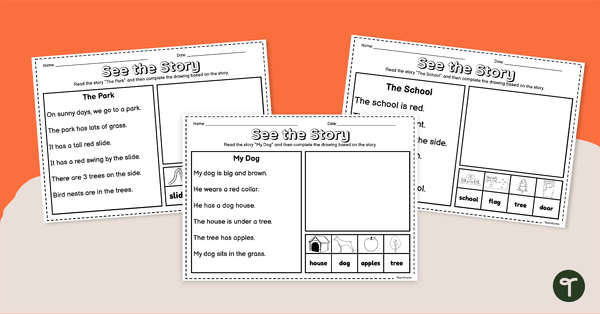
teaching resource
Read and Draw a Story Worksheets
Practise reading comprehension with young students with a set of Read and Draw comprehension worksheets.
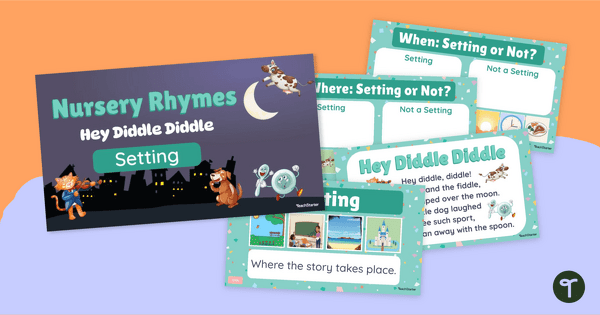
teaching resource
Narrative Settings Teaching Presentation - Hey Diddle Diddle
Engage young readers in texts and learn about setting with an instructional slide deck featuring the Hey Diddle Diddle rhyme.
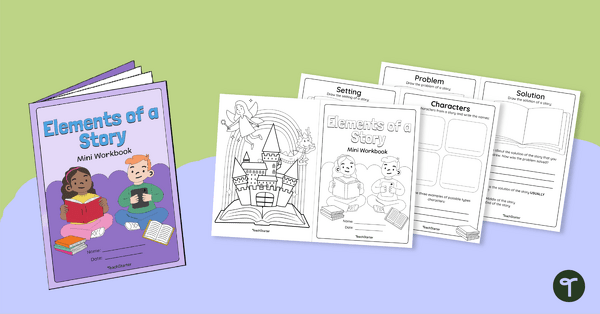
teaching resource
Elements of a Story Activity Workbook
Explore the different elements of a narrative story with this student mini workbook.
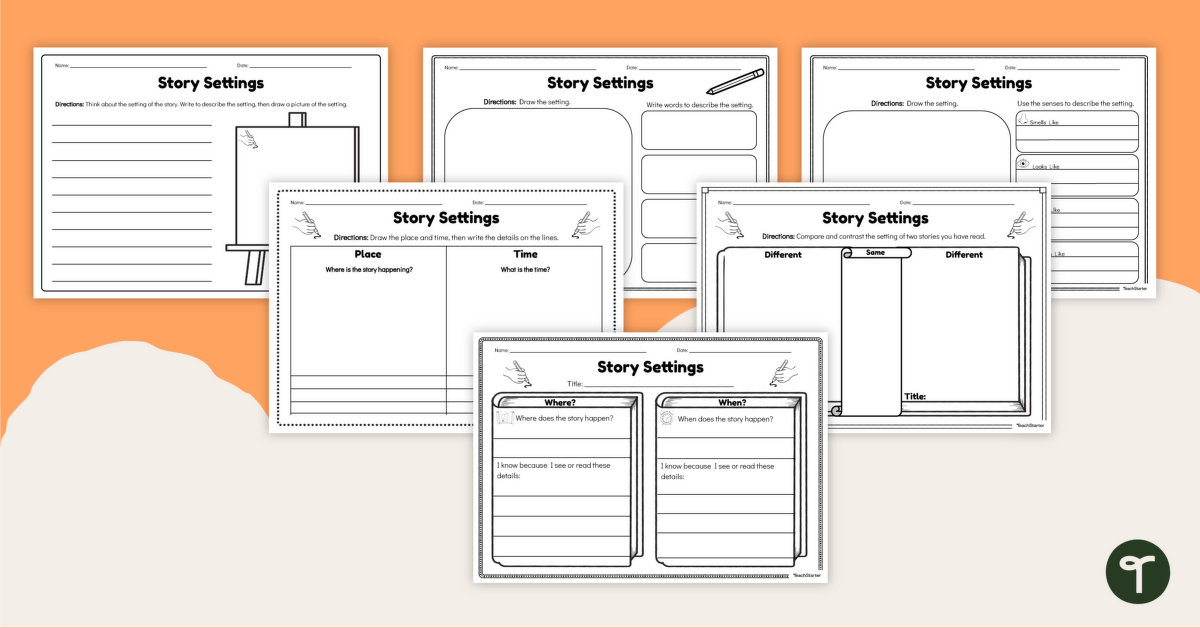


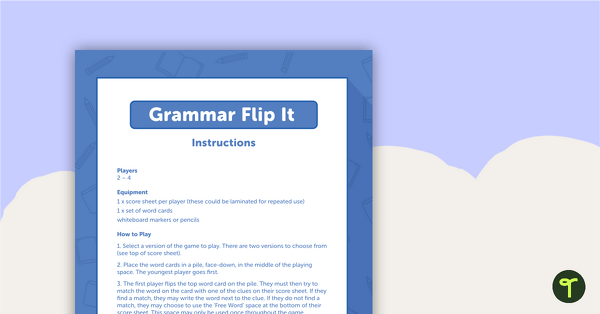
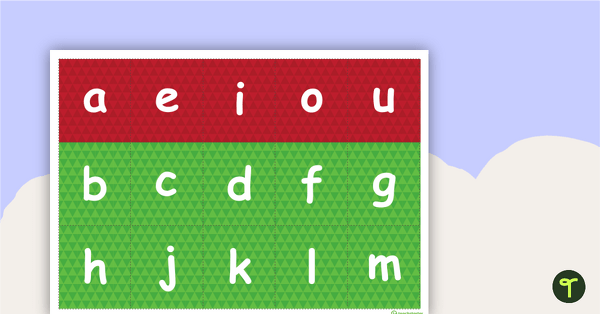
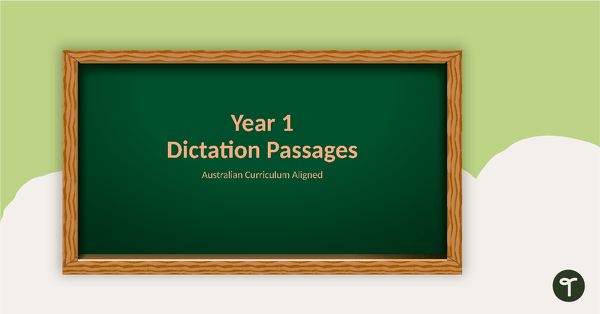
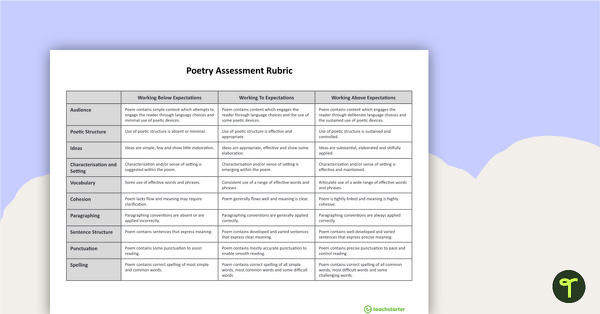
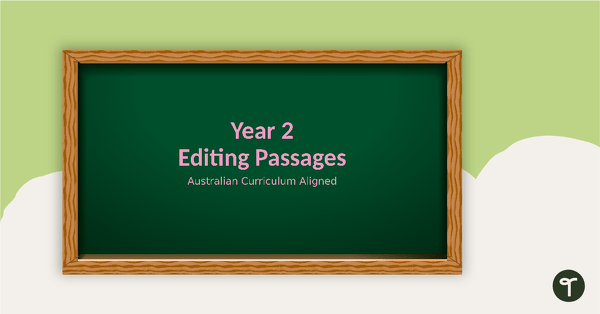
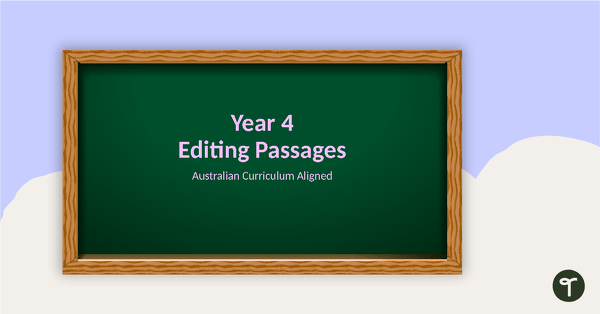

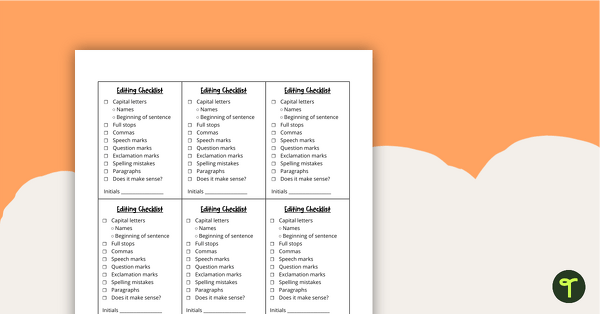
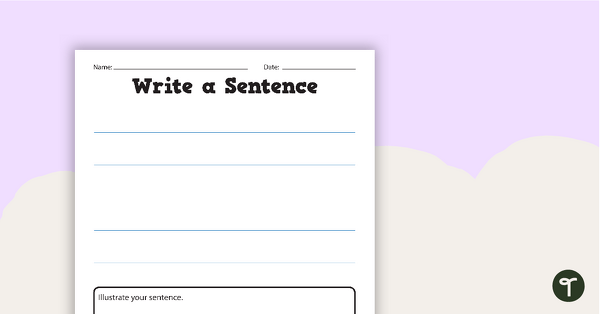
0 Comments
Write a review to help other teachers and parents like yourself. If you'd like to request a change to this resource, or report an error, select the corresponding tab above.